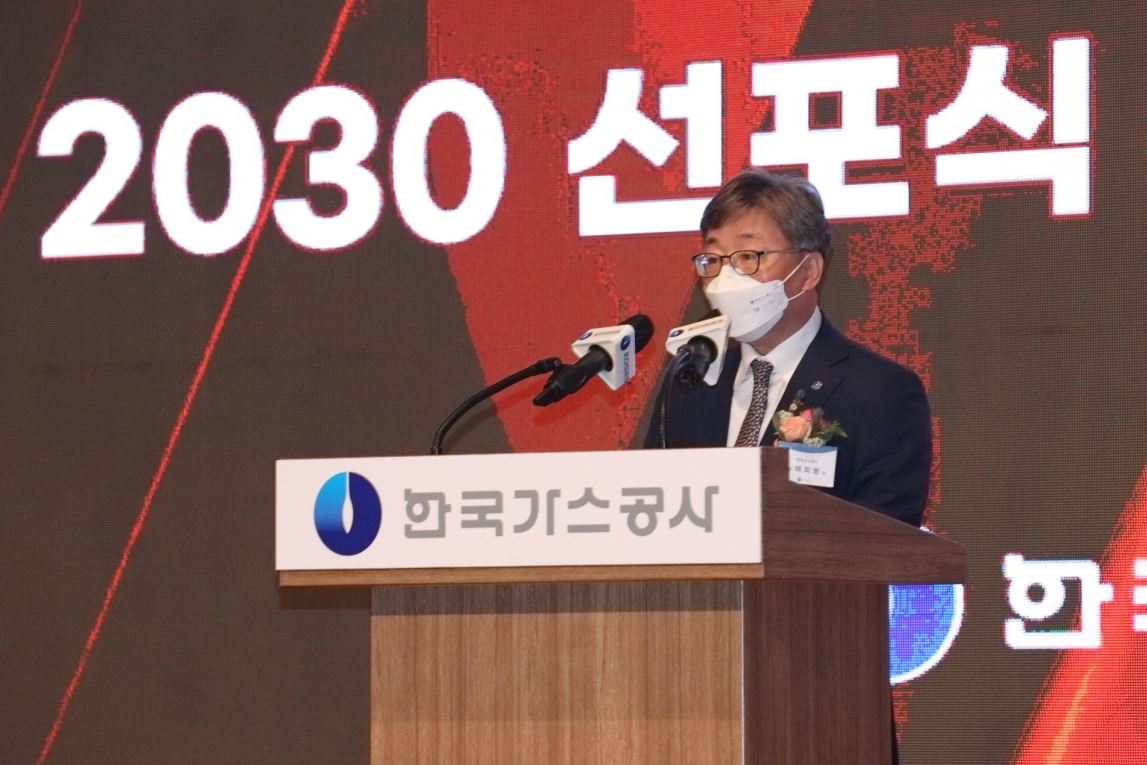South Korean LNG importing giant Kogas has revealed ambitious plans for its hydrogen business as it aims to reach 3 trillion won ($2.53 billion) in operating profit by 2030.
Kogas said in a statement it plans to supply 830,000 tons of hydrogen per year by 2030, including importing green hydrogen from overseas from countries such as Australia.
Chae Hee-Bong, president of Kogas revealed these plans during an event on Monday.
Also, the firm said it is looking to build 152 hydrogen stations by 2030 for the transport sector.
The firm also plans to convert its Pyeongtaek base into the first “carbon-neutral” hydrogen mega-station in Korea.
Several hydrogen developments
Kogas has this year signed several deals to boost its hydrogen business. It recently signed a memorandum of understanding with the Global Green Growth Institute (GGGI) to promote green hydrogen in developing and emerging countries, including Indonesia.
Kogas has also joined forces with a unit of German engineering giant Siemens to work on green hydrogen production and hydrogen turbine power generation.
Furthermore, Kogas has this year signed a deal with compatriot refiner GS Caltex to produce and supply liquid hydrogen in the country.
Under this memorandum, the two firms aim to build a liquid hydrogen production facility at a Kogas LNG import terminal.
In addition, Kogas is also part of the HyStation company, which aims to construct and operate hydrogen refueling stations to service public transport bus fleets in South Korea.
Australian LNG player Woodside recently said it had joined Kogas and other partners in the company as well.
Kogas currently operates four large-scale LNG terminals, namely Incheon, Pyeongtaek, Tongyeong, and Samcheok, as well as a small-scale regasification terminal at the Aewol port on Jeju island.
The LNG importer plans to build a large terminal in Dangjin as well. South Korea’s Doosan Heavy Industries & Construction has won a contract from Kogas to build storage tanks at the Dangjin facility.

